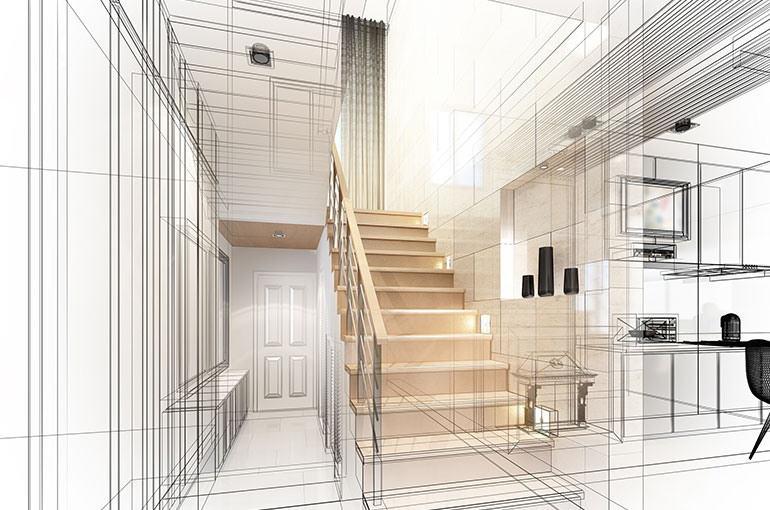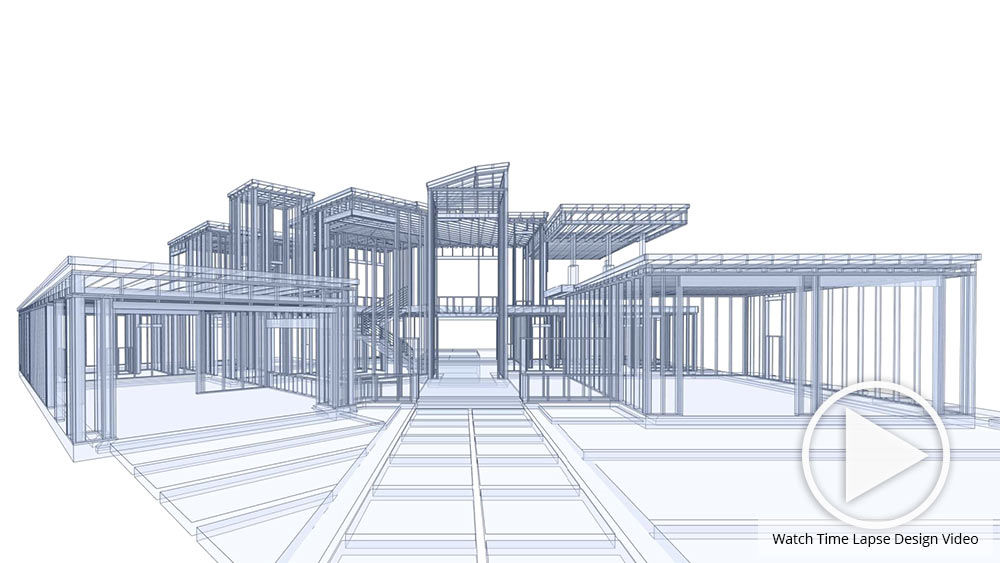Why CDA Architects Are Leaders in Architectural Design and Development
Why CDA Architects Are Leaders in Architectural Design and Development
Blog Article
The Essential Duty of an Engineer in Shaping Sustainable Urban Atmospheres for Future Generations
The role of an architect in crafting lasting city atmospheres is increasingly pivotal in reacting to the challenges of environment change and urbanization. By perfectly incorporating environmental principles into their styles, designers not just improve the aesthetic and functional top quality of city rooms but additionally address pressing problems such as power effectiveness and social equity.
Understanding Lasting Urban Style
Sustainable urban design incorporates ecological concepts with metropolitan planning to develop atmospheres that are not only comfortable yet also resilient. This strategy emphasizes the significance of incorporating all-natural systems right into the city fabric, guaranteeing that advancement satisfies the demands of the here and now without endangering the capability of future generations to fulfill their own requirements. Key elements of lasting metropolitan layout consist of efficient land use, the promotion of biodiversity, and the combination of environment-friendly spaces, all of which contribute to enhanced high quality of life for citizens.
In addition, lasting city layout focuses on the decrease of the city heat island effect, improved air high quality, and efficient stormwater administration. It motivates the usage of sustainable resources and energy-efficient structure techniques, which dramatically lower carbon footprints. Additionally, sustainable urban design cultivates social equity by creating available public areas and promoting mixed-use developments that provide to diverse populations.
Via thoughtful planning and innovative layout strategies, sustainable city settings can improve community durability against environment change while fostering economic advancement. This alternative strategy not only addresses prompt urban difficulties yet likewise lays the groundwork for healthier, extra lasting cities for generations to come.
Key Duties of Architects
Designers play a critical role in shaping lasting metropolitan environments by equating design concepts right into concrete structures and spaces. Their duties encompass a variety of tasks that add to the total success of city design jobs.
Most importantly, designers perform detailed site evaluations to comprehend the ecological, social, and cultural context of their jobs. This fundamental knowledge educates their design choices, guaranteeing that structures integrate with their surroundings. They additionally take part in collective procedures with stakeholders, including city coordinators, engineers, and the community, promoting a comprehensive approach to urban advancement.
In addition, architects are entrusted with developing designs that enhance power performance, resource conservation, and capability. They must follow regional zoning legislations, developing codes, and sustainability certifications, making sure conformity while pressing the borders of innovation.

Innovative Products and Techniques
In the quest of ecologically responsible style, ingenious materials and strategies have arised as critical aspects in from this source the development of sustainable city atmospheres. Architects are progressively utilizing products that minimize ecological effect while improving power effectiveness. For instance, recycled products, such as recovered wood and repurposed metals, not only reduce waste however also include distinct visual qualities to frameworks.
In addition, advancements in innovation have actually brought about the development of high-performance materials, such as protected concrete kinds (ICFs) and photovoltaic or pv glass, which contribute to energy conservation and harness renewable resource. Strategies such as passive solar style and environment-friendly roof coverings further exemplify exactly how style can integrate with all-natural systems, reducing reliance on fabricated home heating and air conditioning.
Furthermore, the assimilation of clever products, which adjust to environmental changes, provides appealing opportunities for enhancing building efficiency - cda architects. These materials can react to temperature level variations or dampness degrees, optimizing comfort and sustainability
Inevitably, the strategic option and application of cutting-edge materials and techniques encourage architects to develop city rooms that are not just useful and aesthetically pleasing however additionally resistant and eco liable, ensuring a lasting future for generations to come.
Community Involvement and Partnership
The success of cutting-edge products and strategies in sustainable urban style is dramatically enhanced by active area interaction and partnership. Architects have to acknowledge that the built environment greatly impacts the lives of local homeowners, making it critical to entail them in the style procedure. Engaging the community cultivates a sense of possession and responsibility, guaranteeing that developments not just meet visual and functional demands however also mirror the values and aspirations of those that inhabit them.

Successful community interaction likewise assists in prioritizing social equity within metropolitan growth. By taking into consideration the voices of marginalized populations, architects can create spaces that are comprehensive and fair. This way, neighborhood interaction and collaboration end up being indispensable to attaining really lasting metropolitan atmospheres that offer the demands of existing and future generations.
Future Fads in Lasting Design

Furthermore, developments in technology are shaping future trends in sustainable style. The integration of smart products and building systems enables for real-time power administration, enhancing effectiveness and decreasing carbon footprints. Innovations such as environment-friendly roof coverings, living walls, and energy-generating exteriors are becoming typical techniques, further promoting environmental balance within city environments.
Furthermore, a change in the direction of biophilic design is acquiring traction, highlighting the link in between nature and human health. By integrating natural environments, designers develop spaces that foster psychological health and wellness while advertising biodiversity.
Conclusion
To conclude, designers are essential in advancing lasting metropolitan settings with their competence in style, cutting-edge products, and community involvement. By prioritizing power effectiveness and resource preservation, these professionals contribute to the creation of resilient city areas that meet the needs of present and future generations - cda architects. The assimilation of environmental concepts not just boosts livability yet likewise cultivates social equity, ensuring developments resonate with the values and aspirations of the areas they serve
Report this page